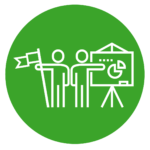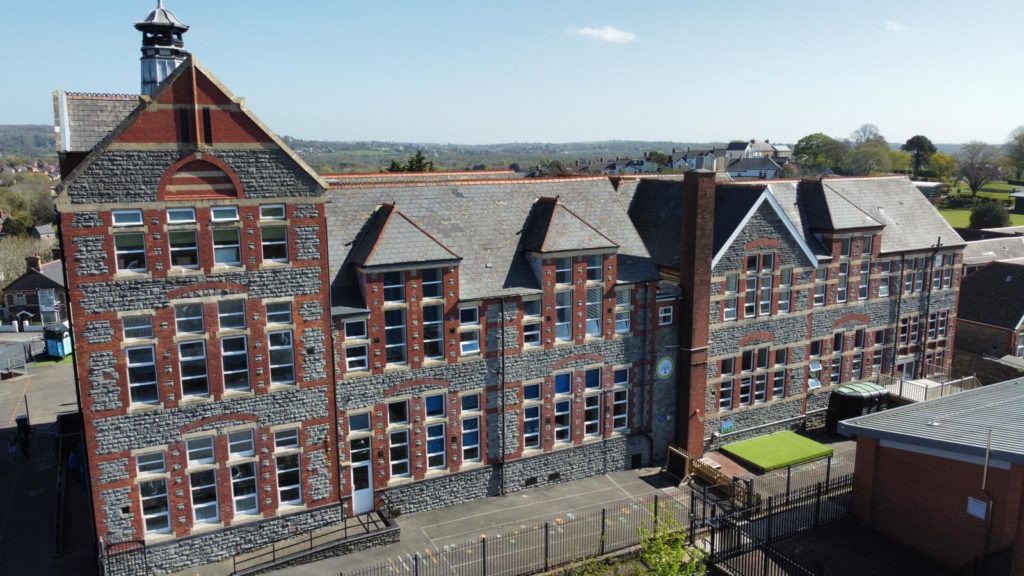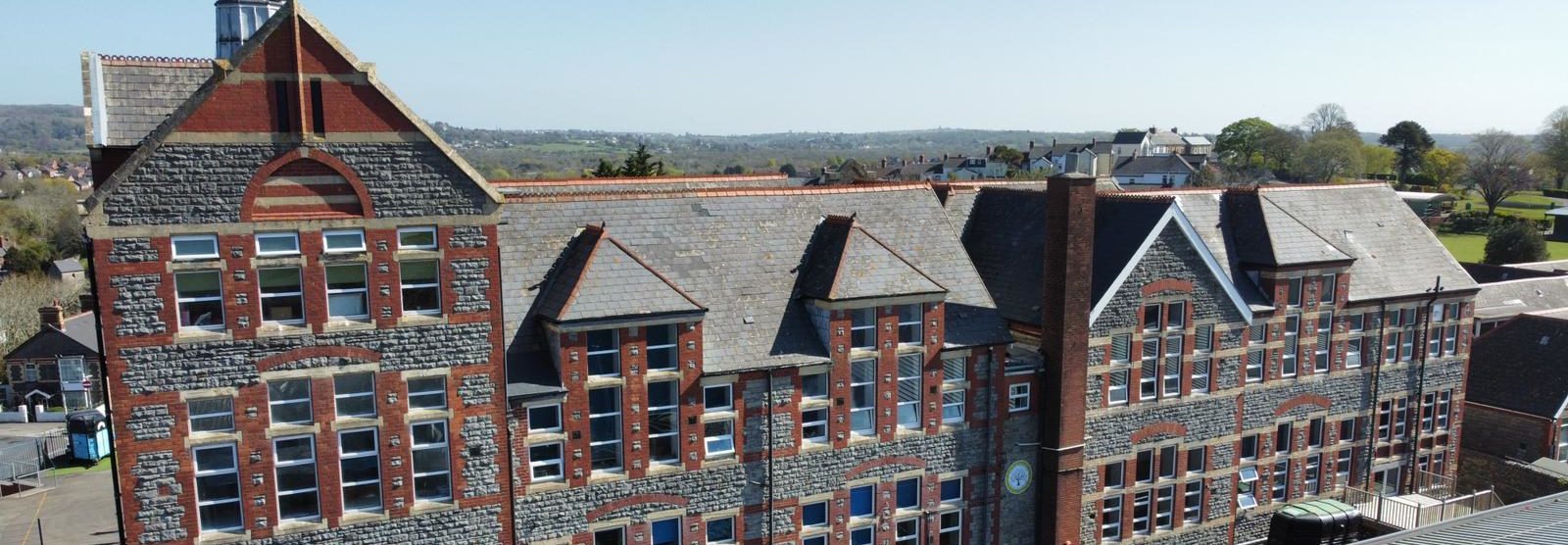 Cadoxton Primary School
Cadoxton Primary School
Rooted in professional enhancement and school improvement
Information about the school
Cadoxton Primary school is located in Barry. It is a large community focused primary school with 500 children on roll and over 70 staff. They have been a pioneer school for both curriculum and professional learning and have used this opportunity to embed a whole school approach to professional learning.

Approach taken
Our vision for professional learning is that “Time and Space” is embedded into school life. It is through the consistent process of enquiry that we use monitoring and evaluation to inform any changes, growth and improvement. We use reflective practice, coaching and mentoring as a tool to give autonomy to all.
When strategic planning our professional learning we start with the why, how, and what to support a clear vision for our approaches to school improvement and to curriculum design. We reflect on our vision with all stakeholders regularly and use this to focus our core purposes.
Our professional learning offer is bespoke to Cadoxton and the main priorities are derived from our School Development Plan (SDP). Our SDP is created within a whole school review day, which takes place in March, to enable a new plan to be created during the summer term. Our SDP is created under three headings – The Cadoxton Way, Our Curriculum Design, Personal Agency & Community Growth. Our professional learning offer for all our staff is also highly responsive to the external environment and current situation. For example, the principles for creating effective in school curriculum design where also applied to creating and designing our approach to distance learning. We use key cultural forces to evaluate our learning and our curriculum design, such as the environment, language, high expectations, authentic learning, meaningful relationships, routines for learning, time and space for exploration, modelling thinking and learning.
Our curriculum journey is exactly that, a planned step-by-step journey. We have spent the last 3 years getting to know and understand what the four purposes mean in our context and focusing on each of the Areas of Learning Experience (AoLE) separately to enable staff to understand how they enable the four purposes and what pedagogies, and approaches are specific to that AoLE. One example of this is how staff collaborated on big scrap books to exemplify what each AoLE looked like in practice at each progression step. We need to be flexible to change based on what is happening in the world and also embrace opportunities when they arise as long as they fit within our core purpose and vision.
We are now in a position to unpick and trial how the four purposes and AoLEs work together and focus on how learning transfers from one area to another. We have spent time collaborating with The Teaching and Learning Partnership – utilising the established relationship we have with this external agency. We have thought about the principles of progression and then mapped out our curriculum offer at school level based on the needs of our learners and their families. We have also focused upon how child development supports our understanding of progression.
Alongside our curriculum map sits our assessment journey where we have thought long and hard about what we do, why do we do it and who is it for. We have explored how assessment of learning is different to assessment for learning and what this looks like in practice.
We have always been a school who have seen ourselves as active enquirers and through our research we have looked at international models in order to allow us to develop enquiry-based learning as a pedological approach.
Over the past 5 years we have measured the impact of this approach to professional learning through professional development conversations with staff and children. This has shown a clear change in culture and teachers and staff feel that professional learning belongs to them and is relevant to school improvement and to curriculum design. We have seen the biggest impact on the children and how they talk about their learning as a process with evidence of their strengths and next steps for development. The impact of having successful systems and processes for our school to be a learning organisation include:
- Having a shared vision for professional learning articulated by all
- A clear understanding of what a purpose led curriculum is and what is different to our current curriculum
- Learning rooted in child development
- Regularly celebrating what is going well
- The Senior Leadership Team mapping out our priorities and identifying how these fit with the National Mission over the longer-term
- Understanding the curriculum framework and then using it to create our own school curriculum
- Deciding on our key pedagogies and embedding them as an effective professional learning model
- Less is more – in depth and done well with a real focus on slowing things down
- Trial and reflect – this is a messy process and takes time
- Collaborating with other schools and organisations to allow partnership working.

